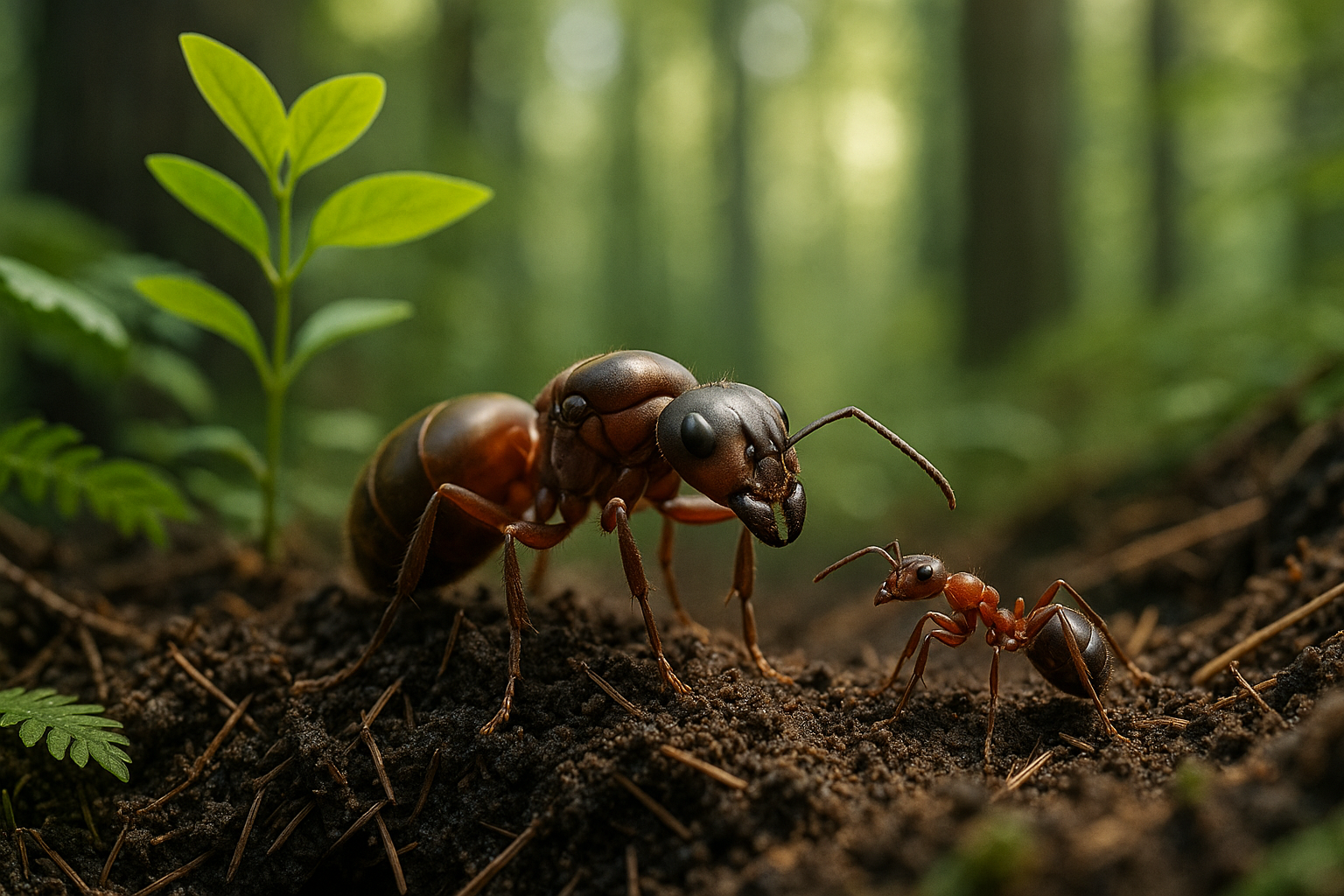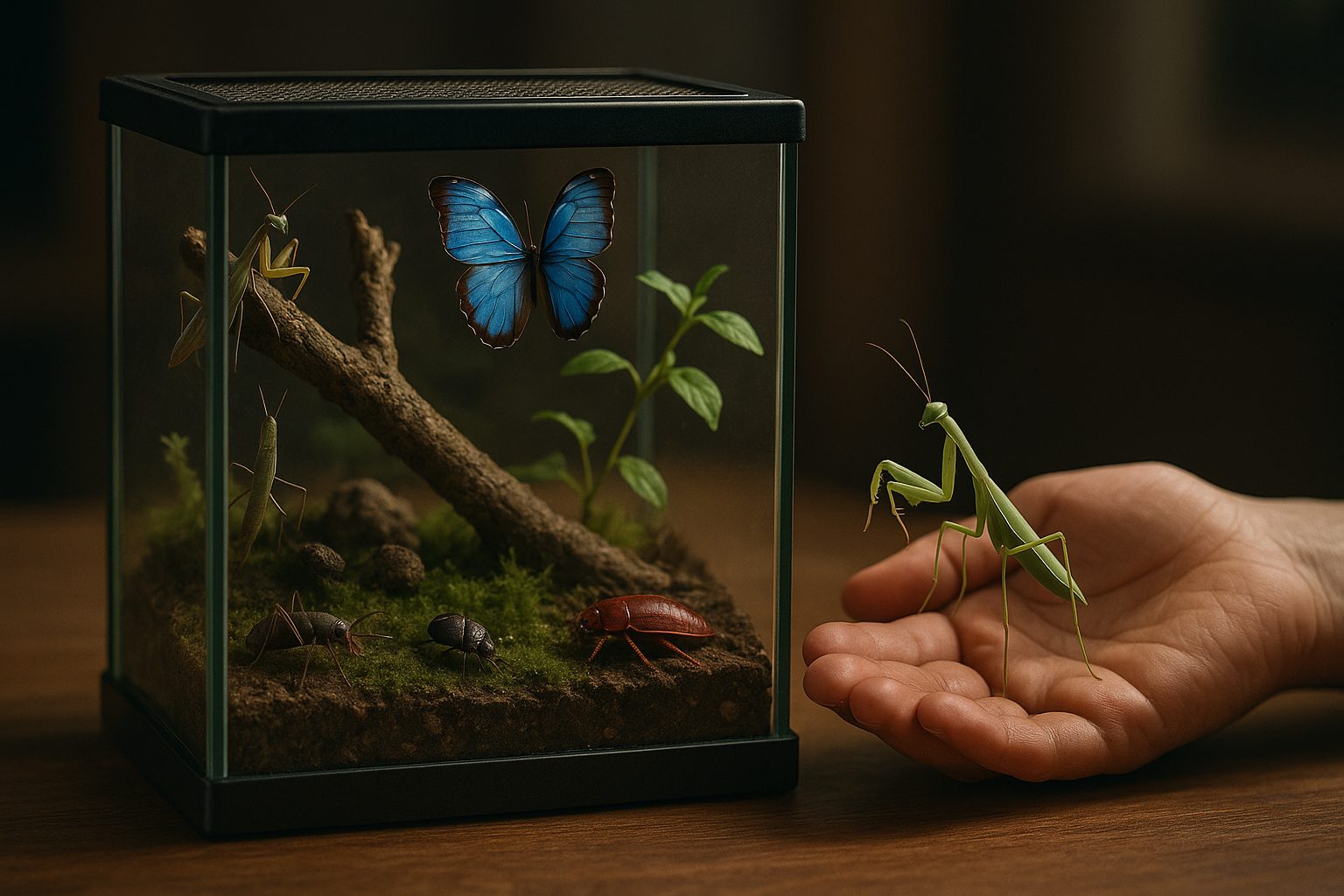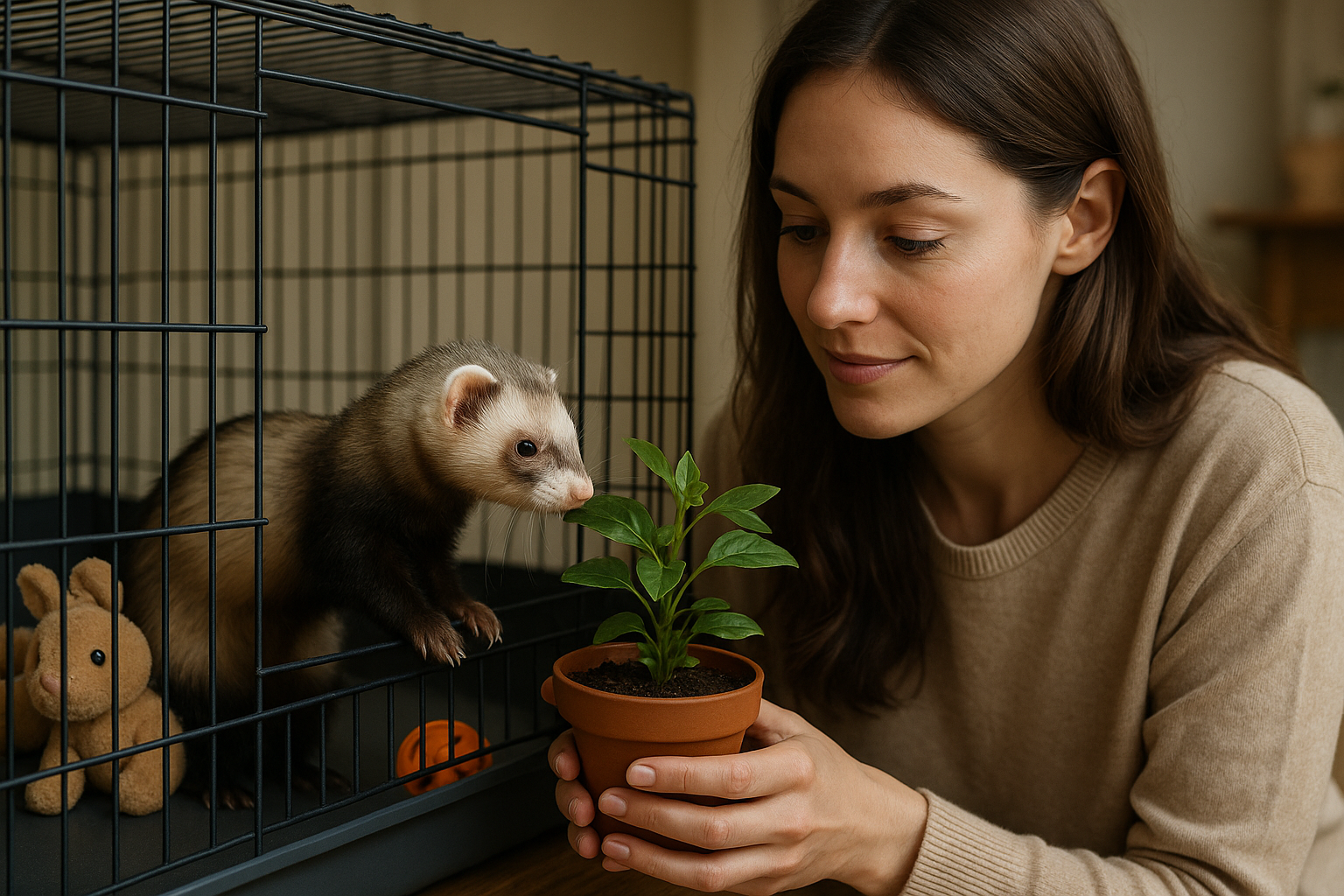The Fascinating World of Ant Farms: A Window into Eusociality
Venture into the intricate labyrinth of an ant farm, an absorbing world of eusocial insects, presenting a spectacle of cooperation, communication, and industriousness. Witness the ants form a structured society, bustling with energy, synchronized in their tasks, and leading an organized life – a fascinating study in the world of insects.

A Brief History: Ant Farms
Ant farms, also known as formicariums, have been captivating animal enthusiasts for over a century. Invented in 1900 by French entomologist Charles Janet, the ant farm was initially a tool for studying ant behavior. Over time, it gained popularity as an educational toy, teaching children about the natural world. In the 1950s, entrepreneur Milton Levine revolutionized the industry by introducing the first commercial ant farm, which remains a popular novelty today.
The World of Ants: A Study in Eusociality
Eusociality, a high level of organization in animal societies, is prominently exhibited by ants. This social system, characterized by cooperative brood care, overlapping generations, and a division of labor into reproductive and non-reproductive groups, provides a fascinating window into the world of insects. Ants perform various roles—workers, soldiers, and reproductive ants—each vital to the survival of the colony.
The Market Impact: The Popularity of Ant Farms
Ant farms have a significant place in the pet product market, with prices ranging from $10 for basic kits to $200 for advanced ecosystems. This trend reflects a growing interest in observing and understanding animal behavior, particularly eusocial insects like ants. The ant farm industry continues to innovate, introducing new designs and technologies to enhance the experience for hobbyists and researchers alike.
The Role of Ant Farms in Education
Ant farms serve as excellent educational tools, providing a hands-on approach to learning about insects, eusociality, and ecology. They offer a close-up view of ant behavior and their complex social structures, encouraging curiosity and fostering a love for nature in students. Ant farms also introduce concepts like teamwork, responsibility, and the importance of each role in a society.
The Future: Current Developments in Ant Farms
The world of ant farms continues to evolve, with recent developments focusing on sustainability and user experience. New designs incorporate recyclable materials, promoting environmental consciousness. Meanwhile, digital enhancements such as live-streaming capabilities offer users the opportunity to observe ants in real-time, adding a new dimension to this century-old hobby.
In conclusion, ant farms provide a fascinating glimpse into the world of eusocial insects, merging education and entertainment in a unique way. Whether used as a tool for teaching or simply as a captivating pastime, the timeless appeal of ant farms continues to inspire and educate generations of animal enthusiasts.




